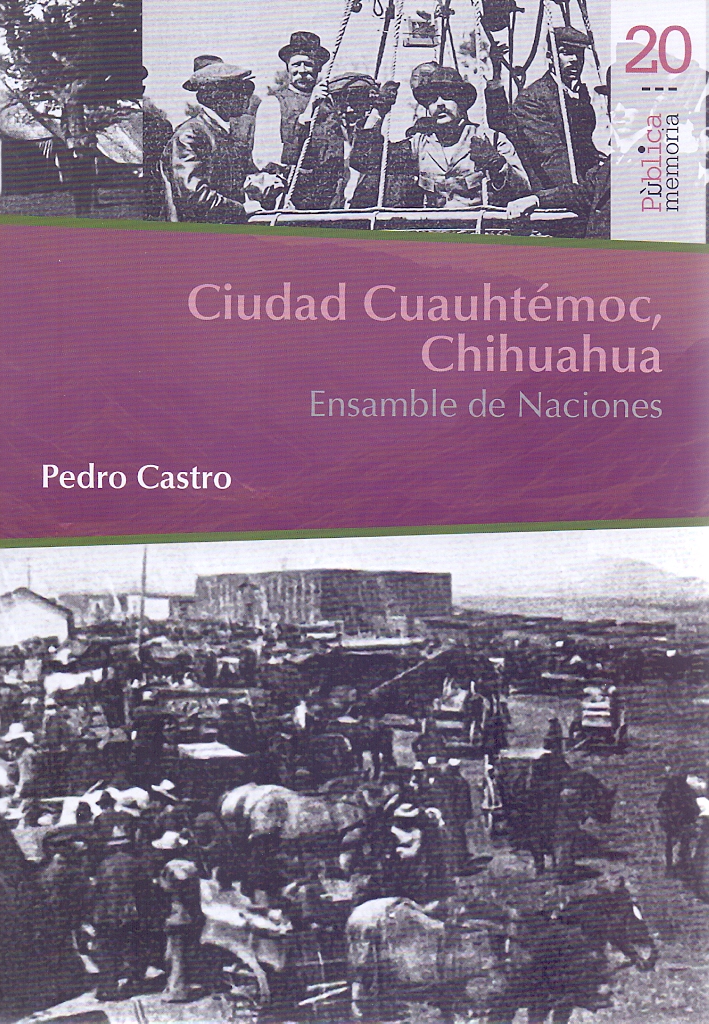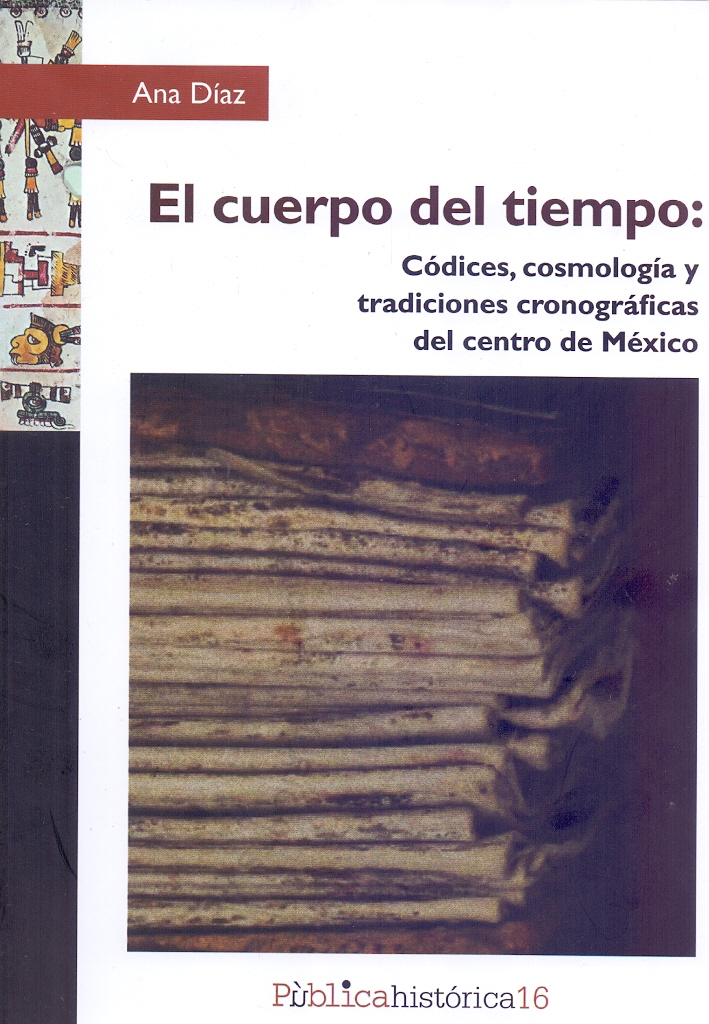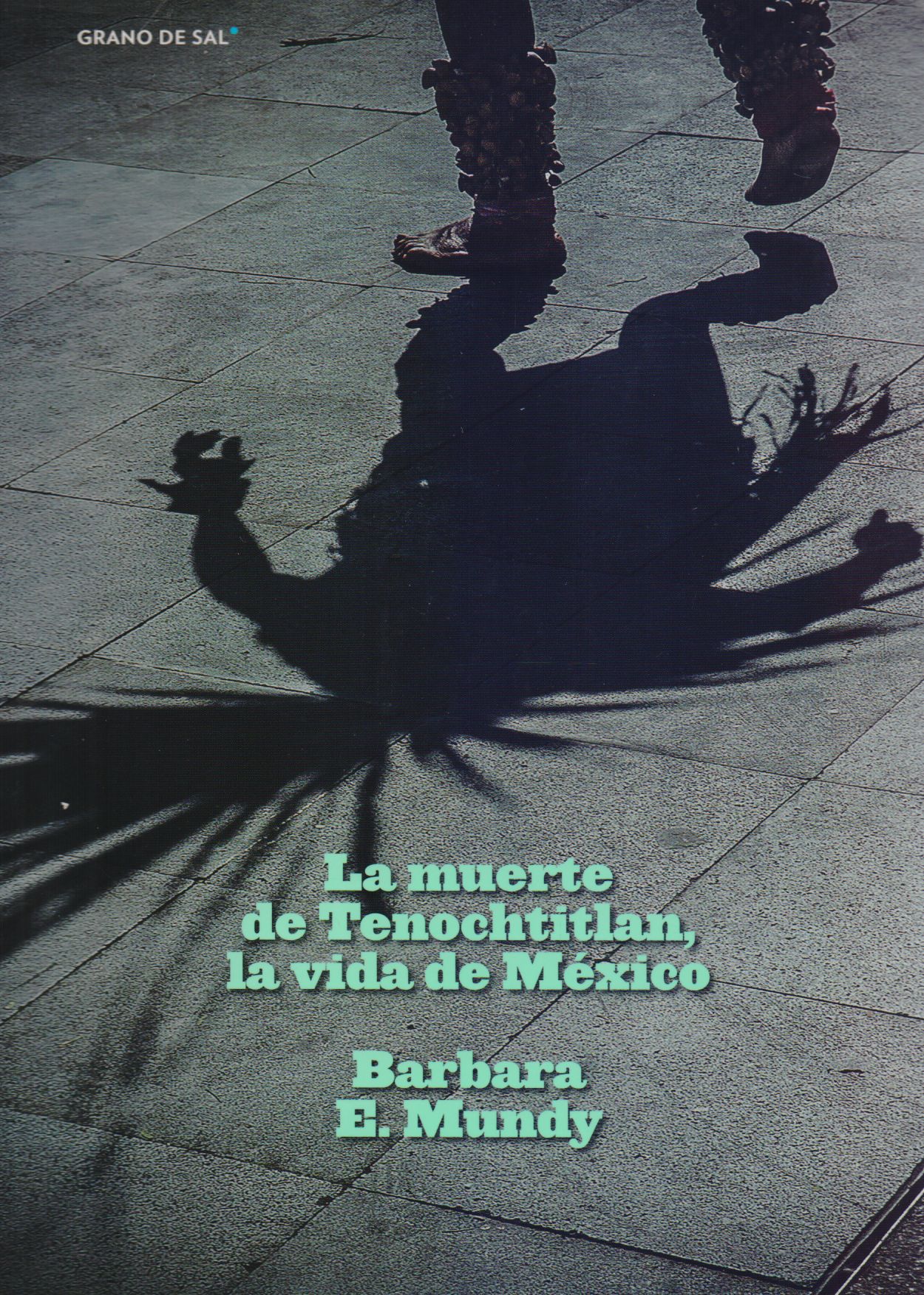Libros relacionados
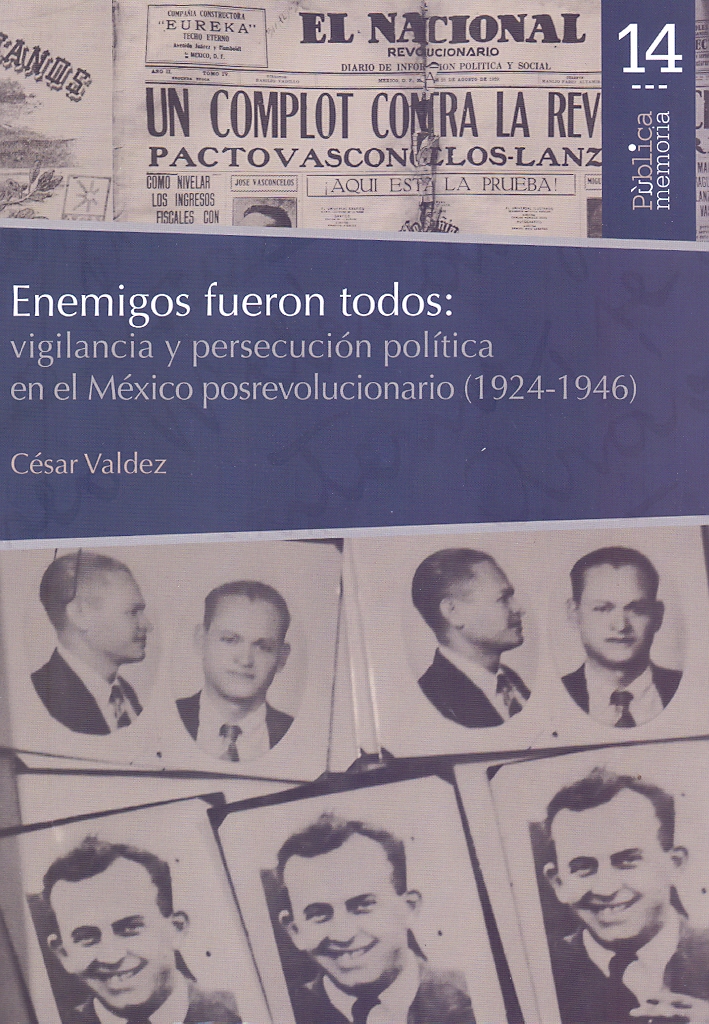 |
Enemigos Fueron Todos: Vigilancia y Persecución Política en el México Posrevoluc Valdez César Bonilla Artigas Editores |
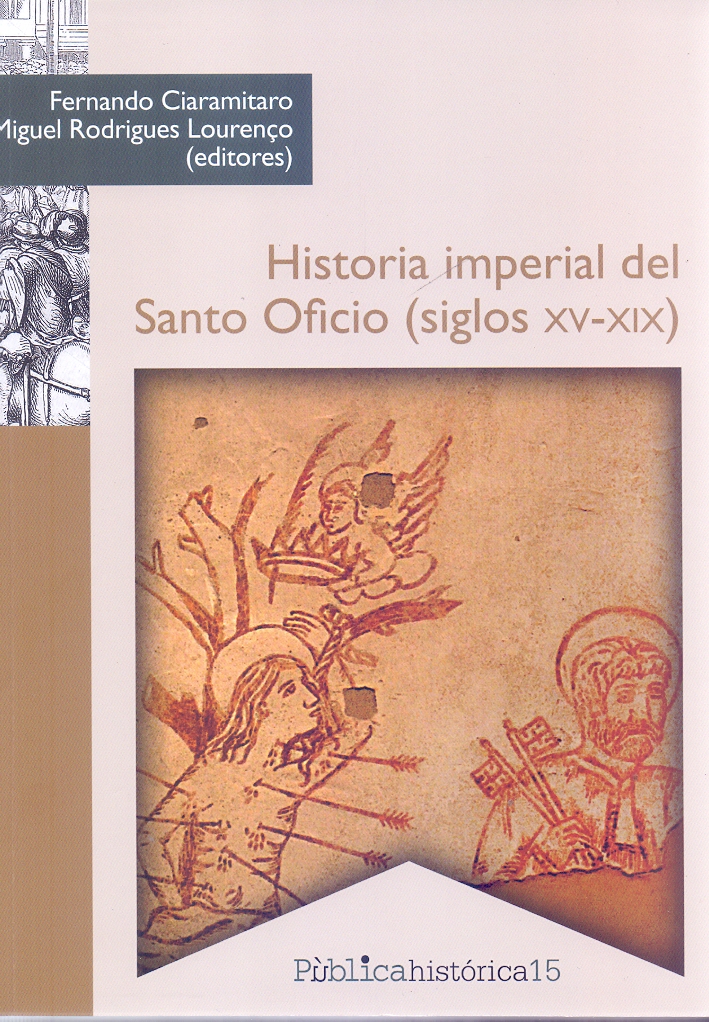 |
Historia Imperial del Santo Oficio (Siglos XV-Xix) Fernando Ciaramitaro, Miguel Rodrigues Lourenço Bonilla Artigas Editores |
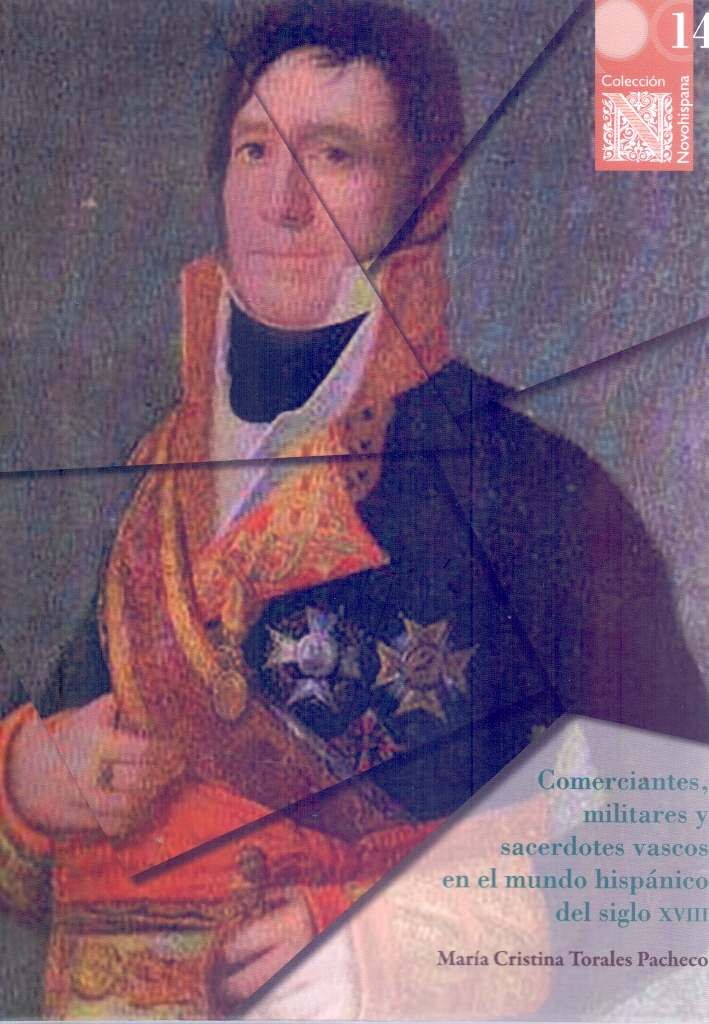 |
Comerciantes, Militares y Sacerdotes Vascos en el Mundo Hispánico del Siglo XVII Torales Pacheco, María Cristina Bonilla Artigas Editores |
 |
El Crisol y la Flama: Grupos Sociales y Cofradías en Pátzcuaro (Siglos XVI y XVI Flores García, Laura Gemma Bonilla Artigas Editores |
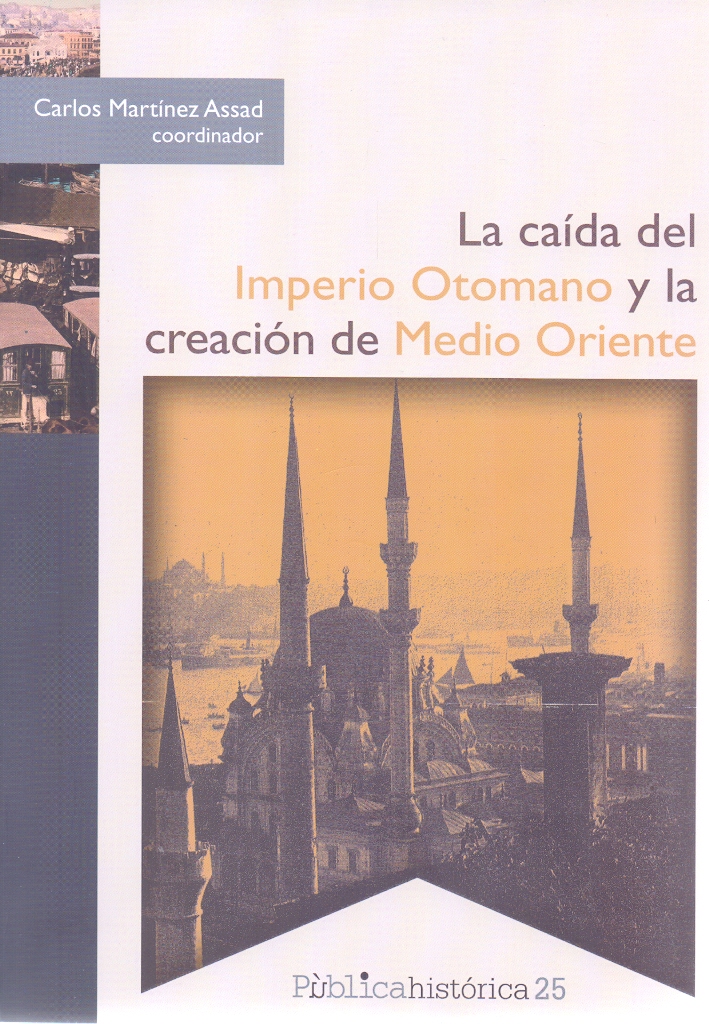 |
La Caída del Imperio Otomano y la Creación de Medio Oriente Carlos Martínez Assad Bonilla Artigas Editores |
 |
Exilio Español y Su Vida Cotidiana en México, El. Serrano Migallón, Fernando; Woldenberg José Bonilla Artigas Editores |
 |
La Corte de Isabel II y la Revoluciónde 1854 en Madrid Madame Calderón de la Barca; Raúl Figueroa Esquer Bonilla Artigas Editores |
 |
La Catedral de Puebla. Historia de Proceso Constructivo Molero Sañudo, Antonio Pedro Benemerita Universidad Autonoma de Puebla |
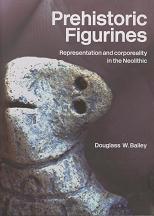

|
Título: Prehistoric Figurines. Representation And Corporeality In The Neolithic | |
| Autor: Bailey, Douglass | Precio: $630.00 | |
| Editorial: Routledge | Año: 2005 | |
| Tema: Prehistoria, Historia, Antropologia | Edición: 1ª | |
| Sinopsis | ISBN: 9780415331524 | |
| Fully illustrated, Prehistoric Figurines brings a radical new approach to one of the most exciting, but poorly understood artefacts from our prehistoric past. Studying the interpretation of prehistoric figurines from Neolithic southeast Europe, Bailey introduces recent developments from the fields of visual culture studies and cultural anthropology, and investigates the ways in which representations of human bodies were used by the pre-historic people to understand their own identities, to negotiate relationships and to make subtle political points.
Bailey examines four critical conditions: * figurines as miniatures * figurines as three-dimensional representations * figurines as anthropomorphs * figurines as representations. Through these conditions, the study travels beyond the traditional mechanisms of interpretation and takes the debate past the out-dated interpretations of figurines as Mother-Goddess as Bailey examines individual prehistoric figurines in their original archaeological contexts and views them in the light of modern exploitations of the human form. Students and scholars of History and Archaeology will benefit immensely from Bailey's close understanding of the material culture and pre-history of the Balkans. |
||
Librería Bonilla SA de CV © Todos los derechos reservados. 2019
Última actualización: Jul 2019




